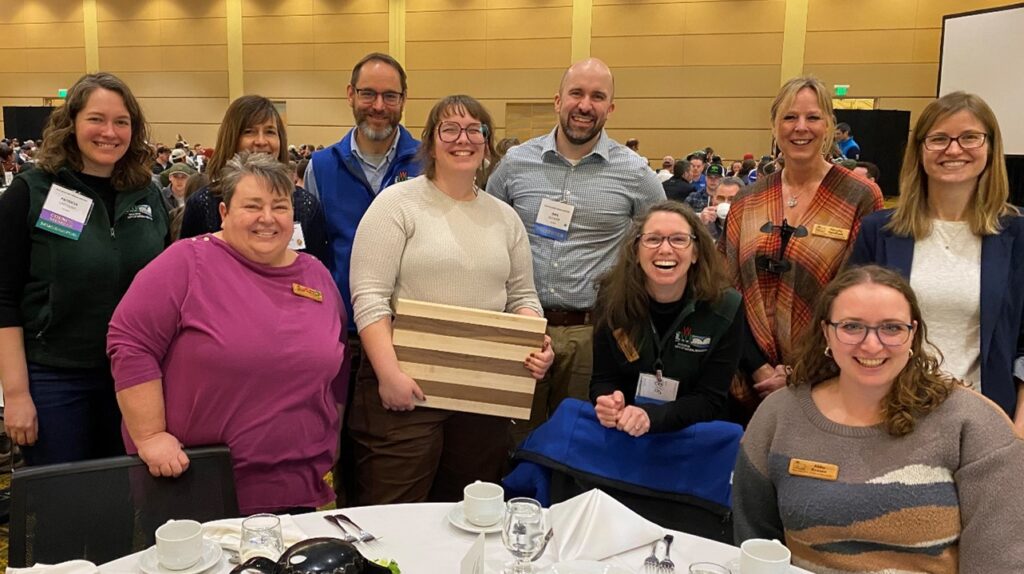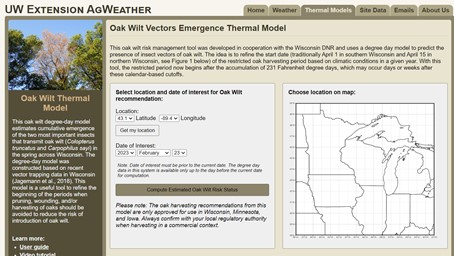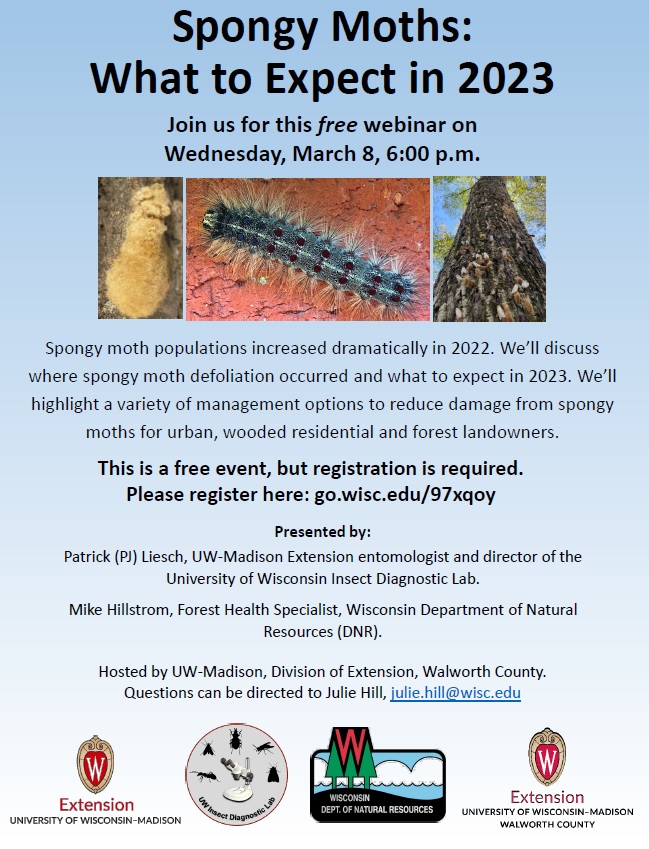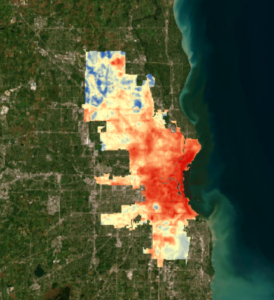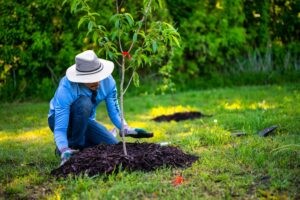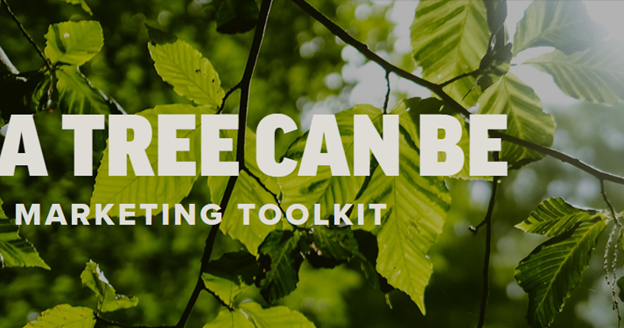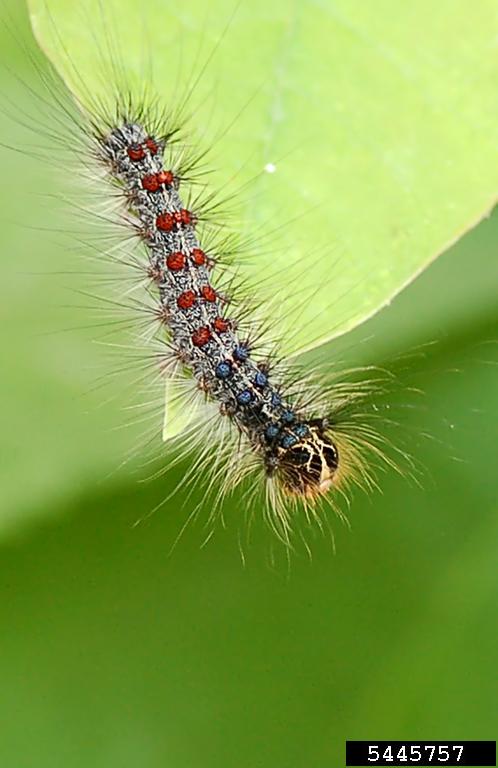
Spongy moth caterpillar. Photo credit: Jon Yuschock, Bugwood.org
March 2, 2023, marks one year since a new common name for Lymantria dispar, spongy moth, replaced the prior name of this insect, “gypsy moth.” This change was necessary because the word “gypsy” is an ethnic slur for the Romani people and the former common name equated people with insects. This is the first name change undertaken by ESA (Entomological Society of America)’s Better Common Names Project.
The current name—derived from the common name used in France and French-speaking Canada, “spongieuse“—refers to the moth’s sponge-like egg masses. Lymantria dispar is a damaging pest. This current name is a critical move in public awareness that focuses on an important feature of the moth’s biology while moving away from an outdated term. We encourage you to review any materials you may have on your website, ordinances and other material related to forest pests to ensure they are in accordance with this name change.
Continue reading “First Anniversary Of Spongy Moth’s Name Change”

